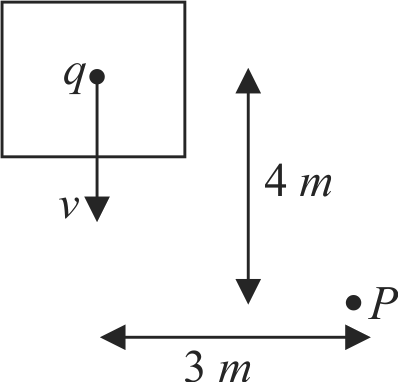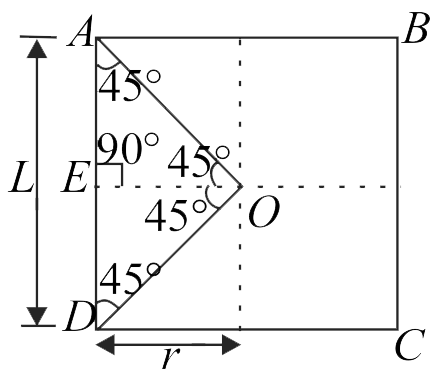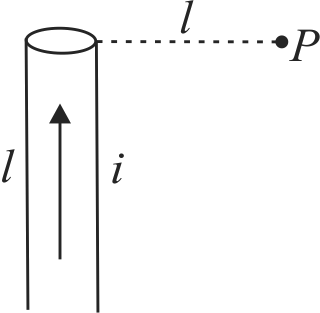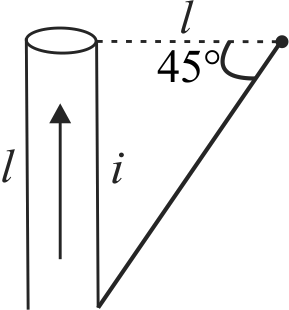362620
An elevator carrying a charge of 0.5 \(C\) is moving down with a velocity of \({5 \times 10^{3} {~m} {~s}^{-1}}\). The elevator is 4 \(m\) from the bottom and 3 \(m\) horizontally from \({P}\) as shown in figure. What magnetic field (in \({\mu {T})}\) does it produce at point \({P}\)?
362620
An elevator carrying a charge of 0.5 \(C\) is moving down with a velocity of \({5 \times 10^{3} {~m} {~s}^{-1}}\). The elevator is 4 \(m\) from the bottom and 3 \(m\) horizontally from \({P}\) as shown in figure. What magnetic field (in \({\mu {T})}\) does it produce at point \({P}\)?
362620
An elevator carrying a charge of 0.5 \(C\) is moving down with a velocity of \({5 \times 10^{3} {~m} {~s}^{-1}}\). The elevator is 4 \(m\) from the bottom and 3 \(m\) horizontally from \({P}\) as shown in figure. What magnetic field (in \({\mu {T})}\) does it produce at point \({P}\)?
362620
An elevator carrying a charge of 0.5 \(C\) is moving down with a velocity of \({5 \times 10^{3} {~m} {~s}^{-1}}\). The elevator is 4 \(m\) from the bottom and 3 \(m\) horizontally from \({P}\) as shown in figure. What magnetic field (in \({\mu {T})}\) does it produce at point \({P}\)?



